
ONE DAY IN EARLY APRIL, after contemplating a shelf of local literature for an essay reflecting on the tenth anniversary of the official end of the Sri Lankan civil war, I walked through a Colombo neighbourhood, in defiance of the exceptional heat, giddy with joy to know again so comfortably the city of my childhood. The ease with which I moved through the streets was snatched away from every person in the country when churches in three locations around the island—Colombo, Negombo and Batticaloa—were attacked by suicide bombers on Easter Sunday, killing and injuring hundreds. These attacks were followed a few weeks later by anti-Muslim riots, and an elevated state of tension and distrust that persists months later. The pre-existing communalist sentiments that had preceded the attacks saw a sharp and more explicit rise.
This story is from the September 2019 edition of The Caravan.
Start your 7-day Magzter GOLD free trial to access thousands of curated premium stories, and 8,500+ magazines and newspapers.
Already a subscriber ? Sign In
This story is from the September 2019 edition of The Caravan.
Start your 7-day Magzter GOLD free trial to access thousands of curated premium stories, and 8,500+ magazines and newspapers.
Already a subscriber? Sign In
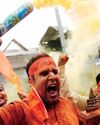
Mob Mentality
How the Modi government fuels a dangerous vigilantism
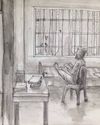
RIP TIDES
Shahidul Alam’s exploration of Bangladeshi photography and activism
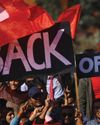
Trickle-down Effect
Nepal–India tensions have advanced from the diplomatic level to the public sphere
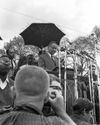
Editor's Pick
ON 23 SEPTEMBER 1950, the diplomat Ralph Bunche, seen here addressing the 1965 Selma to Montgomery March, was awarded the Nobel Peace Prize. The first black Nobel laureate, Bunche was awarded the prize for his efforts in ending the 1948 Arab–Israeli War.

Shades of The Grey
A Pune bakery rejects the rigid binaries of everyday life / Gender
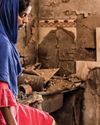
Scorched Hearths
A photographer-nurse recalls the Delhi violence
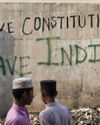
Licence to Kill
A photojournalist’s account of documenting the Delhi violence
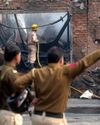
CRIME AND PREJUDICE
The BJP and Delhi Police’s hand in the Delhi violence

Bled Dry
How India exploits health workers

Status Update
India’s telling silence on the Hagia Sophia controversy